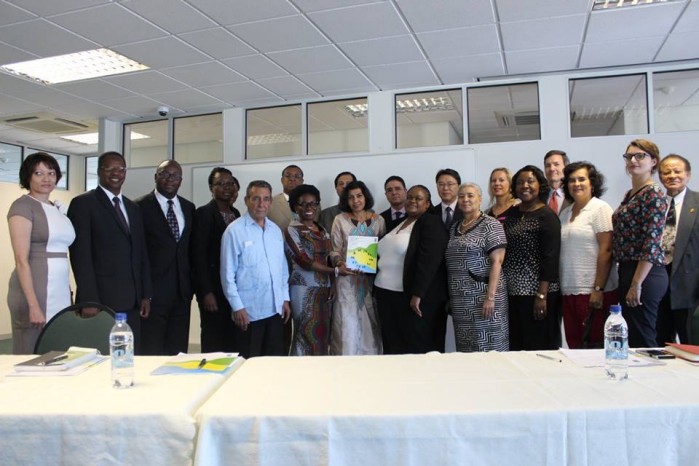UNDP and the Government of Namibia signed a Standard Basic Assistance Agreement on the 22nd March 1990. This Agreement embodied the basic conditions under which the UNDP and its Executing Agencies shall assist the Government in carrying out its development projects, and under which such UNDP-assisted projects shall be executed.
UNDP in supports the Government of Namibia (GRN) in identifying key challenges in meeting its Vision 2030 and the Millennium Development Goals by improving capacities at the national, regional and local levels.






















